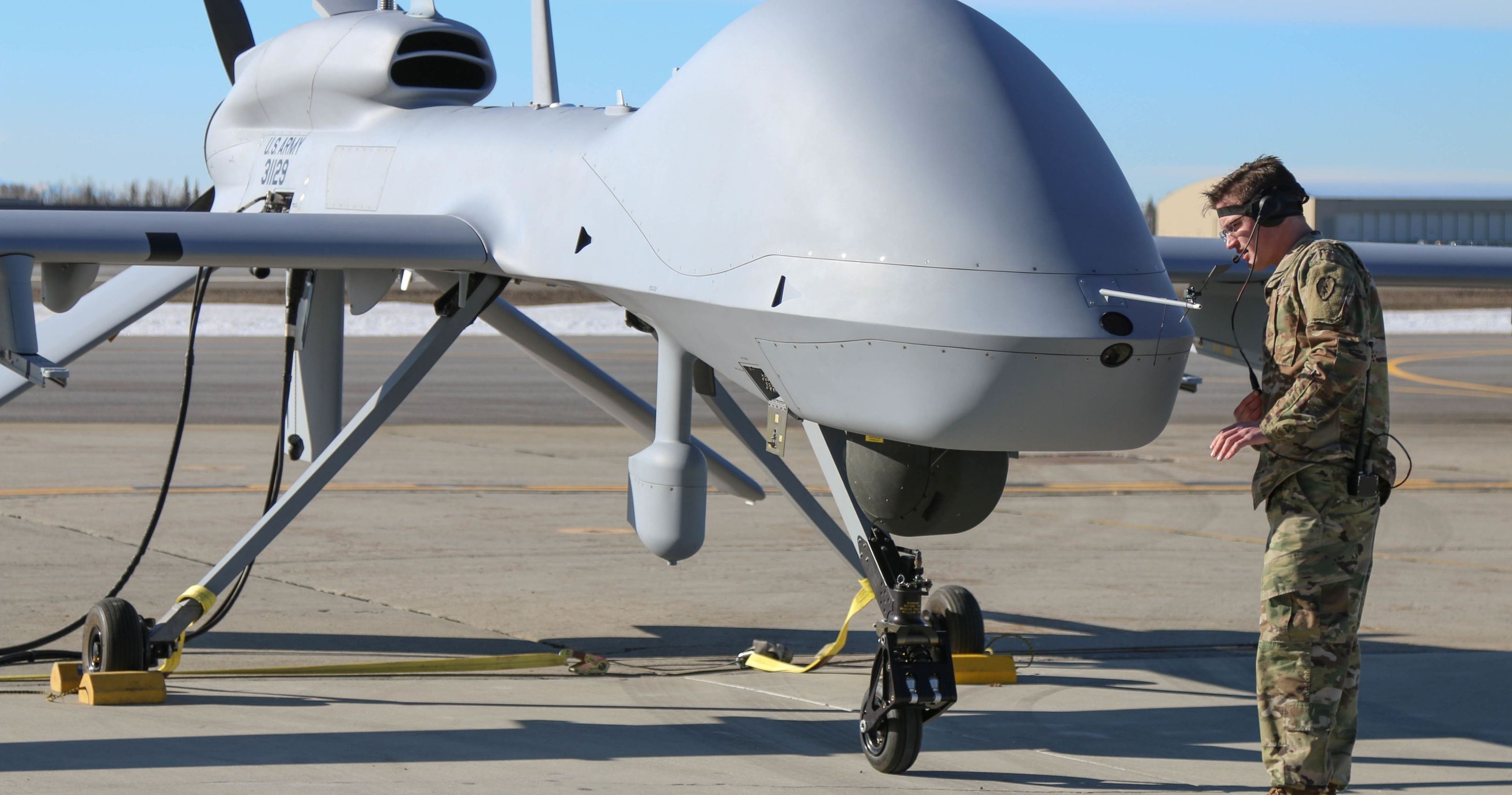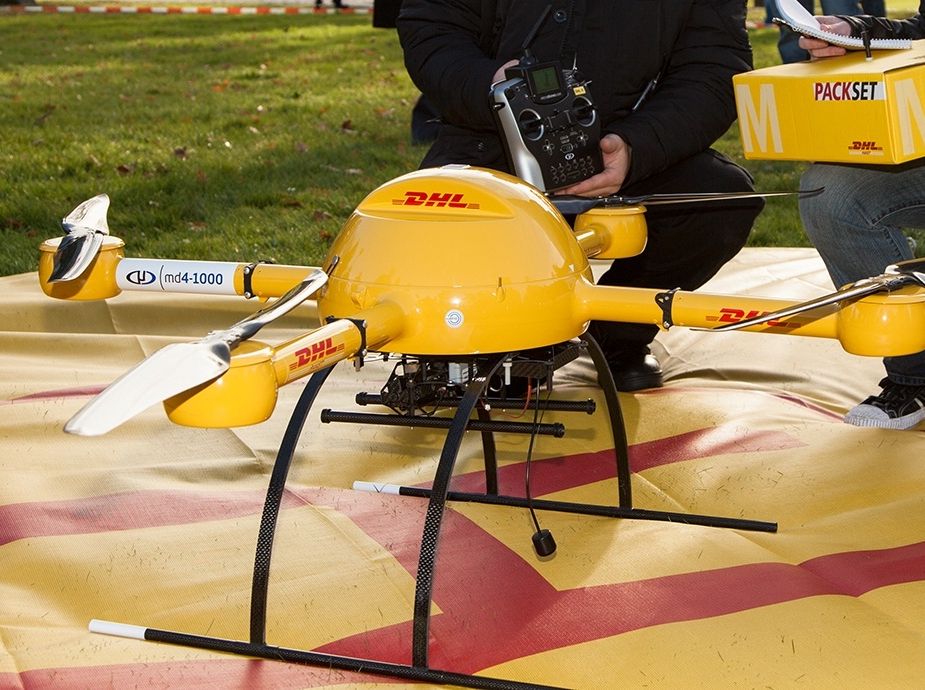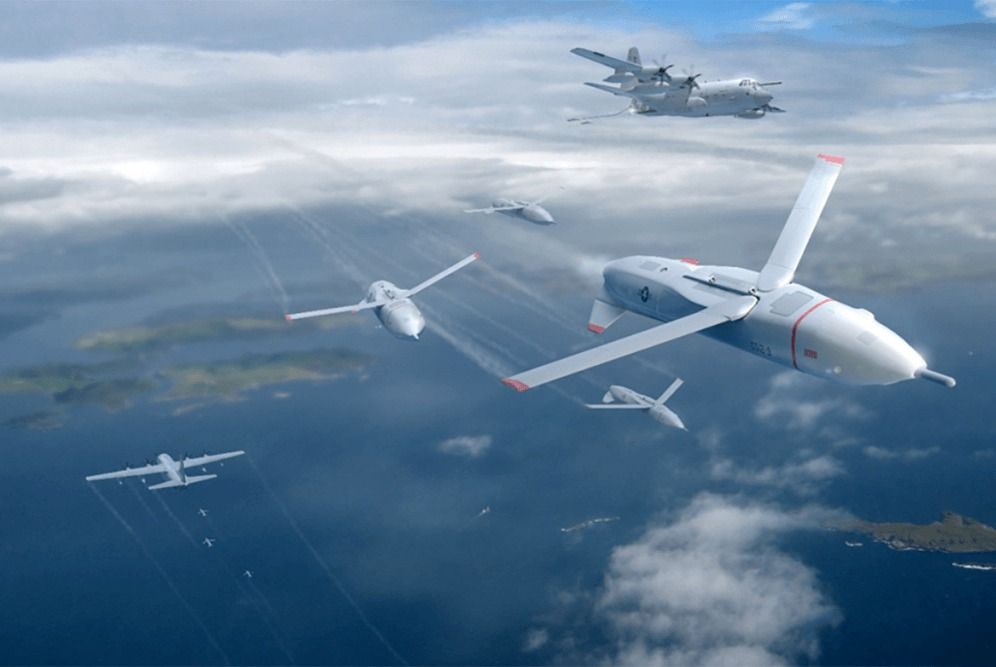The Army is working on a new interface that would improve UAS battlefield coordination.



We’re in an exploding evolution state for technology across all industry sectors and consumer markets.
3 to next 5 years — we see IoT, Smartphones, Wearables, AI (bots, drones, smart devices and machines), 3D printing, commercialization of space, CRISPR, Liq Biopsies, and VR & AR tech.
5 to next 8 years — we will see more BMI technology, smart body parts, QC & other Quantum Tech, Humanoid AI tech, bio-computing, early stage space colonization and mining expansion in space, smart medical tech., and an early convergence of human & animals with technology. 1st expansion of EPA in space exploration due to mining and over mining risks as well as space colonization. New laws around Humanoids and other technologies. Smartphones no longer is mass use due to AR and BMI technology and communications.
Beyond 10 years, Singularity (all things connected) and immortality is offered.
A military-grade drone-killing ‘death ray’ that can reportedly destroy unmanned aerial vehicles (UAV) from up to 6 miles away could soon be in use in UK airports following a suspected collision with a passenger jet at Heathrow last Thursday.
The collision, which led to a drone ban over London during US President Barrack Obama’s UK visit, has forced authorities to consider more aggressive countermeasures.

Turning on Quantum properties onto a cup of coffee. First step; should be interesting in what researchers discover especially around teleporting. Imaging you’re Dominos pizza with a teleport hub and customer orders a pizza. No longer need a self driving car, or drone; with this technology Dominos can teleport your hot fresh pizza to your house immediately after it is out of the oven.
Small objects like electrons and atoms behave according to quantum mechanics, with quantum effects like superposition, entanglement and teleportation. One of the most intriguing questions in modern science is if large objects – like a coffee cup — could also show this behavior. Scientists at the TU Delft have taken the next step towards observing quantum effects at everyday temperatures in large objects. They created a highly reflective membrane, visible to the naked eye, that can vibrate with hardly any energy loss at room temperature. The membrane is a promising candidate to research quantum mechanics in large objects.
The team has reported their results in Physical Review Letters.
Swing
“Imagine you’re given a single push on a playground swing. Now imagine this single push allows you to gleefully swing non-stop for nearly a decade. We have created a millimeter-sized version of such a swing on a silicon chip”, says prof. Simon Gröblacher of the Kavli Institute of Nanoscience at the TU Delft.

Air Force Research Laboratory is working on key technologies in hypersonic air vehicles, directed-energy weapons and autonomy, or human-machine teaming, that will be “game-changers”
Air Force Research Laboratory scientists and engineers have developed an unarmed “cruise missile-like vehicle” that reached five times the speed of sound in tests, and have explored pairing drones with combat fighters in latest realm of technological advances.
Pentagon futurists envision a third-offset strategy to leapfrog U.S. technological capabilities to stay ahead of Russia and China.
Pretty cool!
As Brain-Computer Interface is rapidly developed worldwide, mind-controlled drones turn into sports and weapons of today.
Florida University hosted a sporting event that might give a start to a new generation of high-technology sport involving latest trademark inventions of 21st century — drones and consumer-grade brain-computer interface (BCI).
Drones have become a trademark of 21st century, since development of low-weight, high-capacity batteries and small sophisticated electronic controllers allowed to construct fairly cheap yet very easy to control flying device.

DJI unveils its new Matrice 600 drone, capable of handling the insane Red Epic camera in the air.
By: Anthony Garreffa | Science, Space & Robotics News | Posted: 1 hour, 19 mins ago.

DARPA’s newest invention is the Gremlin: a drone that be deployed from a bomber while in flight, execute its mission, and then return to an extraction point where a cargo plane yanks it out of the sky and brings it safely home.
The drones are capable of flying unmanned, but being able to retrieve them makes them reusable, which is both cost-effective and convenient. But drone retrieval also protects U.S. military technology and secrets. Sending fleets of tiny Gremlins on intelligence-gathering missions is one thing, but being able to recapture them instead of leaving them in the hands of hostiles is a huge boon to the military. Gremlin drones have up to three hours to accomplish reconnaissance missions, at which time they automatically fly back to a retrieval area to be collected by a C-130 cargo plane.
Related: DARPA’s 130-foot submarine-hunting drone will take to the sea in April.

You hear a lot these days about the potential for impending doom as AI becomes ever smarter.
Indeed, big names are calling for caution: the futurist optimism of protagonists like Ray Kurzweil is outweighed by the concern expressed by Bill Gates, Elon Musk and Stephen Hawking. And Swedish philosopher Nick Bostrom’s scary thought experiments around what AI might lead to could well sustain a new strain of Nordic noir. There are, indeed, reasons to be concerned.
The fictional Hal’s refusal to open the pod bay doors in Kubrick’s 2001: A Space Odyssey seems a lot less like fiction than it did when the movie came out almost 50 years ago. Today, we have real reason to be concerned about the potential for autonomous drones making decisions about who to take out, or self-driving cars making a choice between hitting a roadside tree and hitting a child.